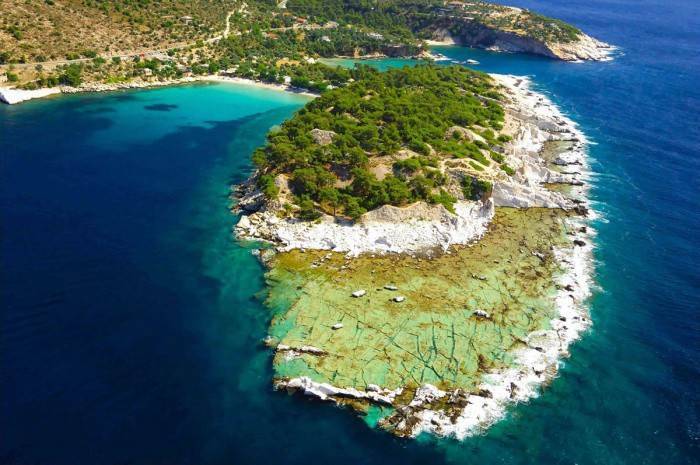
The World’s Top Wine Regions… 2000 Years Ago
Wine is old. Very old. In fact, people have been drinking wine for about 7000 years. Now, we can’t say much for the quality of Neolithic vino, but thanks to some nifty historical documents, we can tell you what was worth drinking in the centuries around the turn of the first millennium. Whether these places still actually make wine – and whether it’s any good – well, you’ll have to go see yourself. For now, why not make plans for the day you finally build that time machine?
Oenotria
The Oenotrians (literally, the ‘people from the land of vines’) were a group of ancient folk (of likely Greek origin) who were so ancient that they were basically gone by the 6th century B.C. The land they inhabited, known as Oenotria, today makes up the entire southern half of Italy. These lands, as they are today, were particularly rich in vineyards, and the Oenotrians were in fact viticultural pioneers of sorts. There’s a reason a wine-lover is known as an oenophile, you know.
Skopelos
Skopelos is a Greek island in the Sporades, which, according to legend, was founded by Dionysus himself. The island was also famous throughout Ancient Greece for its wine. Whether the legend grew because of the quality of the wine, or whether an actual physical Wine God came down and planted the vineyards… Well, perhaps that’s something that science just can’t tell us. The island (back then known as Peparethos) is notably mentioned in the writings of Pliny the Elder, who claims that it produced the wine that was the preferred choice of Ptolemy II Philadelphus, King of Egypt.
Thasos
A contender for the location of the ‘hypnotic’ sweet black wine that appears in Homer’s Odyssey, Thasian wine was again famous throughout Ancient Greece. Even their coins had Dionysus’ head on one side and grapes on the other. Seriously, the Greeks really loved wine.
Mount Falernus
Mount Falernus (now Mount Massico), near Naples, was one of the most esteemed wines of the entire Ancient Roman period. Grown with the Aglianico grape variety, this white wine was, thanks to its cost, enjoyed mostly by aristocrats, poets and particularly rich merchants. A Roman soldier would have had to part with a good few weeks’ pay to get hold of a single cup, and the wine is famous for appearing on a price list scribbled on the wall of a bar in Pompeii. The Opimian vintage of 121 B.C., which shocked even the Romans with how high-yielding and high in quality it was, came from the Falernian region.
Vienne
The Romans brought vines over with them when they first invaded Gaul, but the lands of what is today known as ‘France’ were initially deemed unsuitable for the cultivation of grapes; Italian wine was instead exported into the region. Pliny the Elder, however, points out in Natural History that a certain wine near Vienne, in the Rhône, had been grown, and was as well-loved as it was expensive. This is the first written record of quality French wine, so next time you guzzle down a bottle of claret, give thanks to the Gallic Allobroges tribe who started it all.




